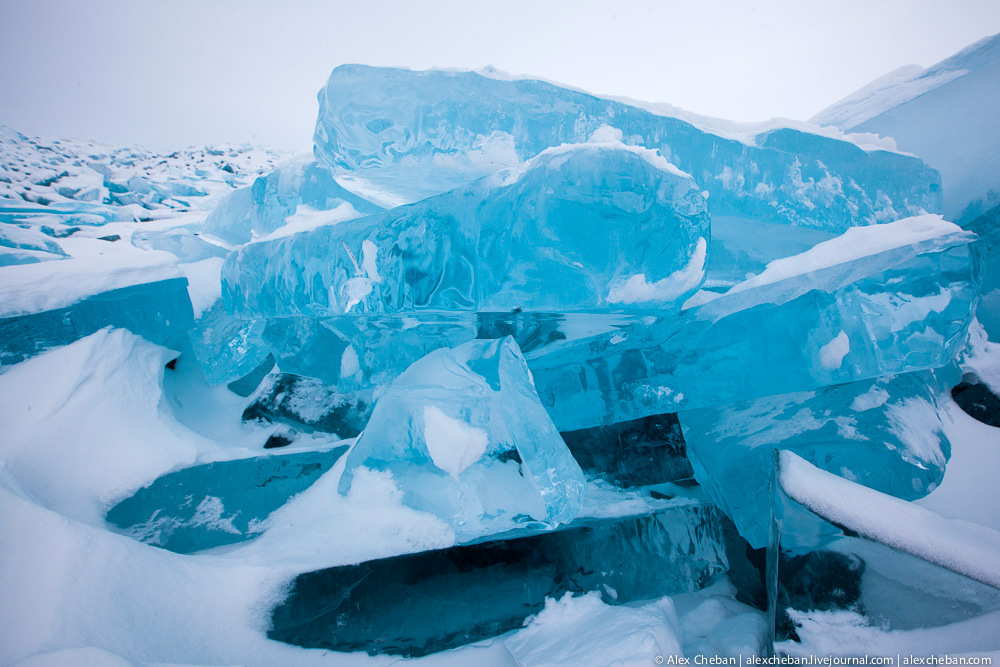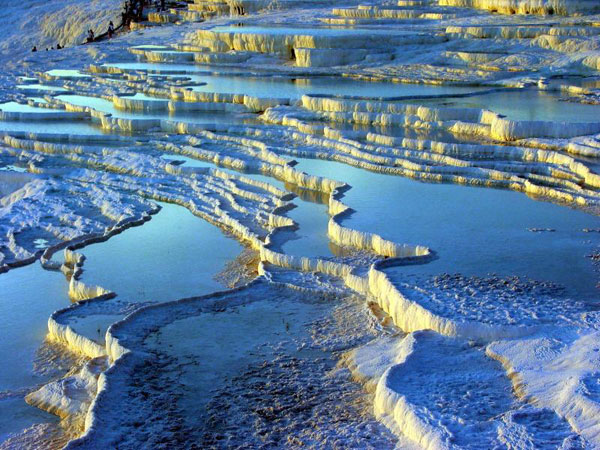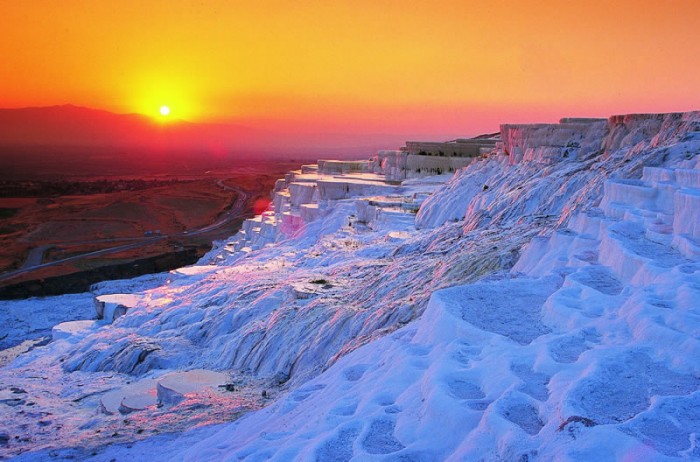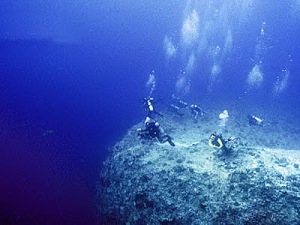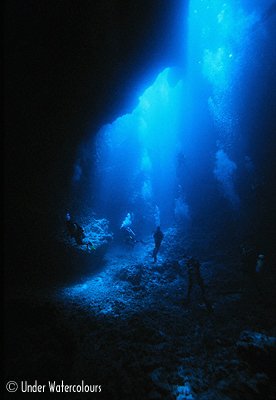
Aurora Borealis, most commonly known as the Northern Lights, are not only a breathtaking site to witness, but also have an astounding story behind their occurrence; which is fitting because it makes up one of the Seven Wonders of the World. If you have ever wondered how one of these spectacular light shows occurs, then you are in luck because you are about to find out. As I investigated the background of this stunning phenomenon, the facts and details only adds to its beauty. So, here it goes!
Before the lights are even visible to the human eye, we must trace back to where the particles come from that create the Northern Lights. These particles that we are talking about are discharged from the sun. They escape the sun's surface through portals that are called Sun Spots. The flying plasma particles enter space, also known as Solar Winds, as they begin their journey toward Earth. To reach Earth, the particles travel 93 million miles. Moving at extraordinary speeds, the solar wind particles span this vast distance in two to three days, which means they cover about one million miles per second. The particles are drawn towards Earth's magnetic North and South poles. Earth's atmosphere can usually deflect these particles due to its magnetic field, but when the Solar Flares are strong (when the sun is more active than normal) the sun produces larger amounts of discharged particles; when these large amounts of particles come into contact with the Earth's magnetic field, it deforms slightly, letting the particles pass through. As the sun's particles penetrate the Earth's atmosphere, they come into contact with different gases. The mingling of Oxygen and Nitrogen with the foreign particles results in the exquisite colors that stain our starry skies and produce what we call the Aurora Borealis or the Northern Lights.
The colors that decorate the night skies are an assortment of greens, yellows, blues, reds and violets. The array of colors is due to the different gases that mix with the Sun's particles. When you witness greens and yellows, that is the result of Oxygen colliding with sun's particles; when you witness shades of red, violet and occasionally blue, that is the result of the sun's particles colliding with Nitrogen. Weak solar flares produce little light, not many varying colors, not a whole lot of definition and results in more of a "blanket" of light. Strong solar flares produce bright lights, many varying colors and more definition and shape. There is more movement and the colorful lights appear to "dance" across the night sky. Although these radiant lights occur all year round, they are only visible at night time because the power of the sun's light during the day in stronger than the auroras.
Now that you are on the edge of your seat dying to plan your next vacation to see these lights in action (don't worry, I am right there with you), let me tell you when it is the best time of year to visit so you can be sure to get the optimal experience. Autumn and Winter are the best seasons to view the lights due to the fact that the moon is low in the sky, there is less light pollution, and these seasons provide cool, crisp, clear skies for maximum vision; the lights are brightest usually between 10pm and 1am. During maximum solar flare periods, the lights can be seen as far as central Europe. Sun spots decrease and increase on an 11 year cycle so there are especially dazzling years. Don't be discouraged though, the sun rotates on its own 27 day axis, so it is common to view auroras 27 days after a current display, as the sun spots will be facing Earth once again. If you want go one step further to better your chances of viewing the Northern Lights, keep up to date with the satellite observations, they make it possible to forecast when there will be stronger auroras due to the fact that it takes the solar winds 2 to 3 days to reach Earth's atmosphere. Happy travels!
Top 11 places where the Northern Lights are visible:
1. Norway
2. Scandinavia
3. Sweden
4. Finland
5. Iceland
6. Alaska
7. Canada
8. Greenland
9. Scotland
10. Russia
11. Denmark
 |
| The Northern Lights viewed from space |
Facts:
Pictures:
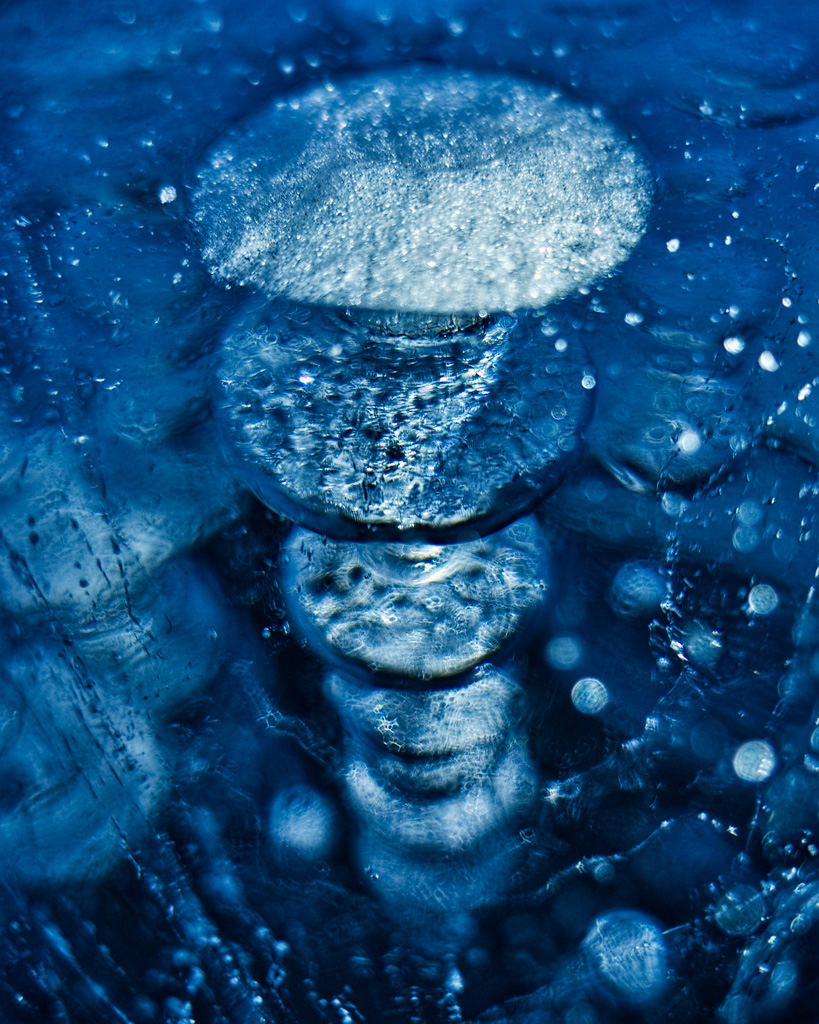 Located in Alberta, Canada, Abraham Lake features a rare phenomenon. This man-made, artificial lake has become famous among photographers and many others for its frozen air bubbles. It is hard to believe something this amazing can exist. These beautiful air bubbles are actually methane gas. Plants release the methane gas after dead organic matter (such as leaves and sadly animals) fall into the lake and are devoured by the bacteria that wait below. The gas is then released from the plants that live on the bed floor of the lake. As the methane gets closer to the surface of the lake where the temperature is cooler, the gas then freezes. As the lake begins to freeze, the air bubbles being to stack up as they reach cooler water sooner than the previous air bubbles, this is why the bubbles have a layered effect. While these winter jewels are easy on the eye, it can be dangerous to be near if/when the bubbles as they are a highly toxic gas. Guests are allowed to visit the lake so be sure to bring your camera and take pictures galore!
Located in Alberta, Canada, Abraham Lake features a rare phenomenon. This man-made, artificial lake has become famous among photographers and many others for its frozen air bubbles. It is hard to believe something this amazing can exist. These beautiful air bubbles are actually methane gas. Plants release the methane gas after dead organic matter (such as leaves and sadly animals) fall into the lake and are devoured by the bacteria that wait below. The gas is then released from the plants that live on the bed floor of the lake. As the methane gets closer to the surface of the lake where the temperature is cooler, the gas then freezes. As the lake begins to freeze, the air bubbles being to stack up as they reach cooler water sooner than the previous air bubbles, this is why the bubbles have a layered effect. While these winter jewels are easy on the eye, it can be dangerous to be near if/when the bubbles as they are a highly toxic gas. Guests are allowed to visit the lake so be sure to bring your camera and take pictures galore! 


















.jpg)







